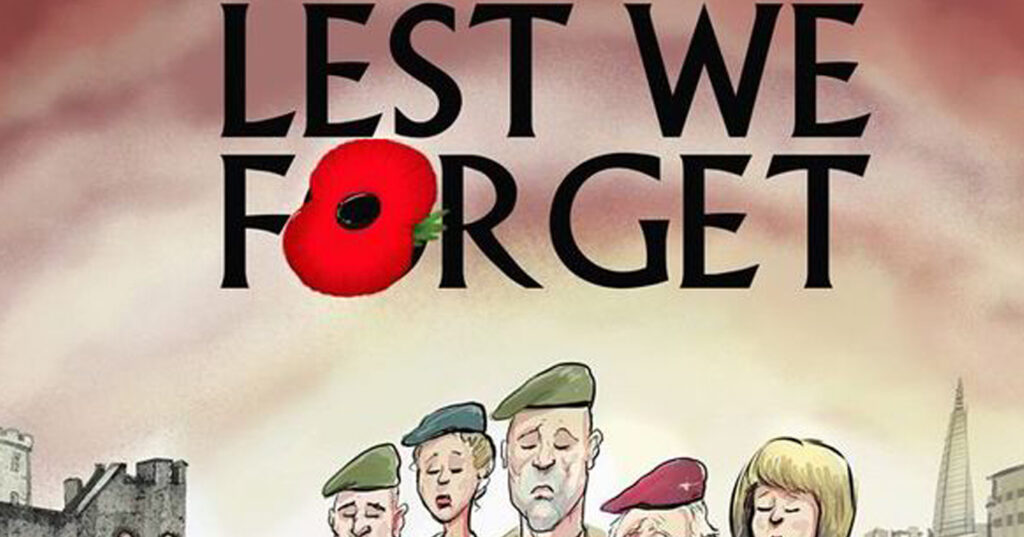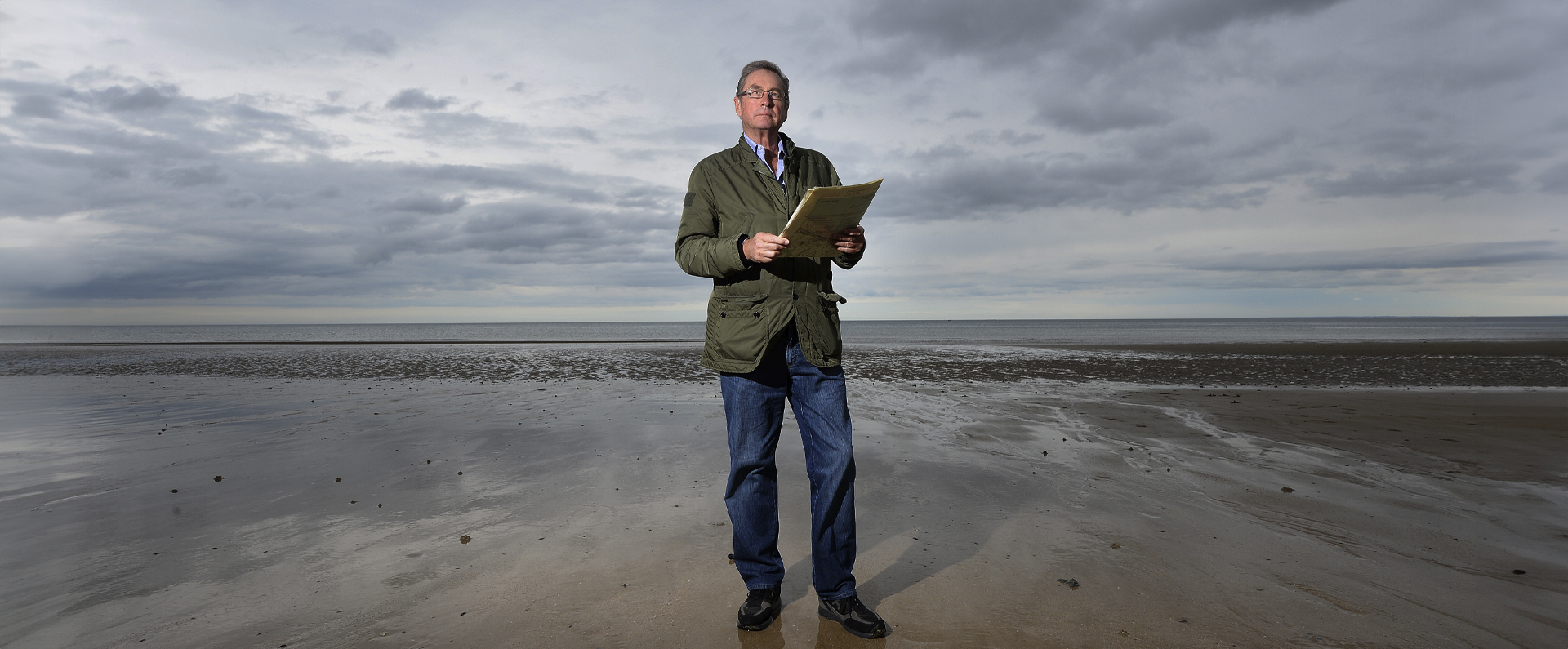
OUR nation has a magnificent tradition of honouring its war dead and so the centenary of the start of the First World War presented us with a formidable challenge as to how we should mark this sad but significant anniversary.
Many of us have tried to do our bit to find a suitable way of commemorating the event but have been outshone by a flash of inspiration that has captured the imagination of (almost) everyone.
I refer, of course, to the mass of ceramic poppies carpeting the dry moat at the Tower of London.
I salute the talents of Paul Cummins, the artist responsible for the Blood Swept Lands And Seas Of Red installation, and also Historic Royal Palaces, which manages the Tower of London, for backing such an ambitious project.
Up to five million people will have visited the installation by Wednesday, the day after Armistice Day, when it is due to be partially dismantled.
Many of the 888,246 poppies, one for the death of each British and colonial serviceman during the Great War, will be dispatched to those who have purchased them.
The sale of the poppies for £25 each is another splendid idea and should raise more than £15million for the Royal British Legion and other military charities.
However any project of this size will have detractors.
Just as not everyone has the same artistic tastes, there is always some mean-spirited individual looking to make a name for himself, or herself, with a critical soundbite.
Step forward Jonathan Jones, art critic of The Guardian and a former Turner Prize judge, who described the installation as “trite, fake and inward-looking” and as “a Ukip-style memorial”.
He suggested the moat should be filled with barbed wire and bones rather than poppies.
Barbed wire and bones?
A although Mr Jones is entitled to his view I am convinced he is missing the point by a mile.
The poppy has a long association with Remembrance Day: in the aftermath of the Great War battles in northern France and Flanders the poppy was one of the few plants to grow on the barren landscape.
The significance of the poppy, highlighted so touchingly by John McCrae in his poem In Flanders Fields, is that it quickly came to represent the immeasurable sacrifice of our Great War dead and, later, those who perished in other conflicts too.
The poppy was adopted by the Royal British Legion as the symbol for its Poppy Appeal after its formation in 1921.
In recent days I was fortunate enough to be able to take a helicopter trip high above the Tower and gaze down on not just a sea of ceramic poppies but a sea of visitors who had come to see them.
I was deeply moved by what I witnessed and I have no doubt that the installation is a unique and thoroughly appropriate way of commemorating our war dead in this centenary year.
Many other organisations and individuals have also played an important role in commemorating the centenary of the start of the First World War.
In July, Imperial War Museums, London, of which I am a trustee, opened a sensational series of new galleries to tell the story of the war in vivid detail.
As well as supporting the IWMs’ galleries, I have made my own contribution to the centenary by publishing my latest bravery book, Special Ops Heroes, to coincide with the Armistice Day commemorations.
All my author’s royalties from this new book, based on my collection of Special Forces medals, will be donated to two military charities: the SAS Regimental Association and Walking With The Wounded.
This weekend it was revealed that, following high-level discussions, the two sculptural sections of the installation will remain at the Tower until the end of the month before touring the country and, eventually, finding a home at the IWMs.
This sounds a sensible plan, both in the short and long term.
The poppy installation has been a triumph.
Just as we will continue to remember our war dead in the years and decades that lie ahead, the vast majority of us who have witnessed the sea of red flowers will always look upon it as a poignant focus for our remembrance in 2014.



